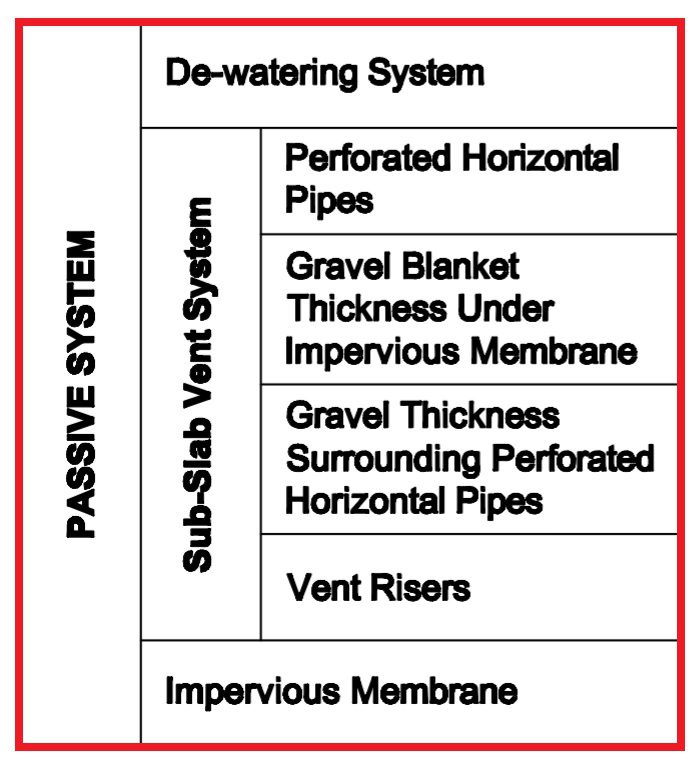Dilatancy
“Dilatancy” is the increase in the bulk volume of a soil substance during deformation. Dilatancy is caused by the change from a close-pack structure to an open-pack structure.
“Dilatancy” is the increase in the bulk volume of a soil substance during deformation. Dilatancy is caused by the change from a close-pack structure to an open-pack structure.

Hooke’s Law “Hooke’s Law” is a geological statement relating to the elastic deformation of rocks. Hooke’s Law states the strain of an earth-material is linearly proportional to the applied stress.

Volatile Organic Compounds (VOCs) Volatile Organic Compounds (VOCs): Volatile Organic Compounds are toxic organic chemicals with higher tendencies to change from liquid to vapor phase under typical earth pressures and temperatures, and usually have little-to-no water solubility characteristics. VOCs are commonly found within hydrocarbon-based fuel additives, industrial solvents, refrigerants, hydraulic fluids, degreasers, and more. These…

Body-Wave Magnitude Body-Wave Magnitude: A method for determining earthquake size from the amplitude of body waves. The body-wave magnitude focuses on P-waves and S-waves, which travel faster through the Earth’s crust and mantle.

Passive Methane Mitigation Passive Methane Mitigation: Passive systems refer to the non-mechanical and non-electric components of the methane mitigation process. These components remove the vapor intrusion risks of methane soil gas migration into buildings atop Los Angeles Methane Zones and Methane Buffer Zones. In fact, methane testing results typically indicate the necessity for a passive…

“Toe” of a Slope Definition The “toe” of a slope is essentially the bottom, or baseline section, of the soil mass comprising the slope. It is also defined as the outermost margin of displaced material during a landslide. The toe of a slope is farthest away from the head scarp.

Geologic Time Scale The Geologic Time Scale is an international system used by geologists to classify and identify major geologic events and formations. The geologic timescale essentially categories the earth’s entire geologic (and biologic) history, within a series of defined eons, eras, periods, epochs, and ages. Updates & Maintenance The geologic time scale is continuously…